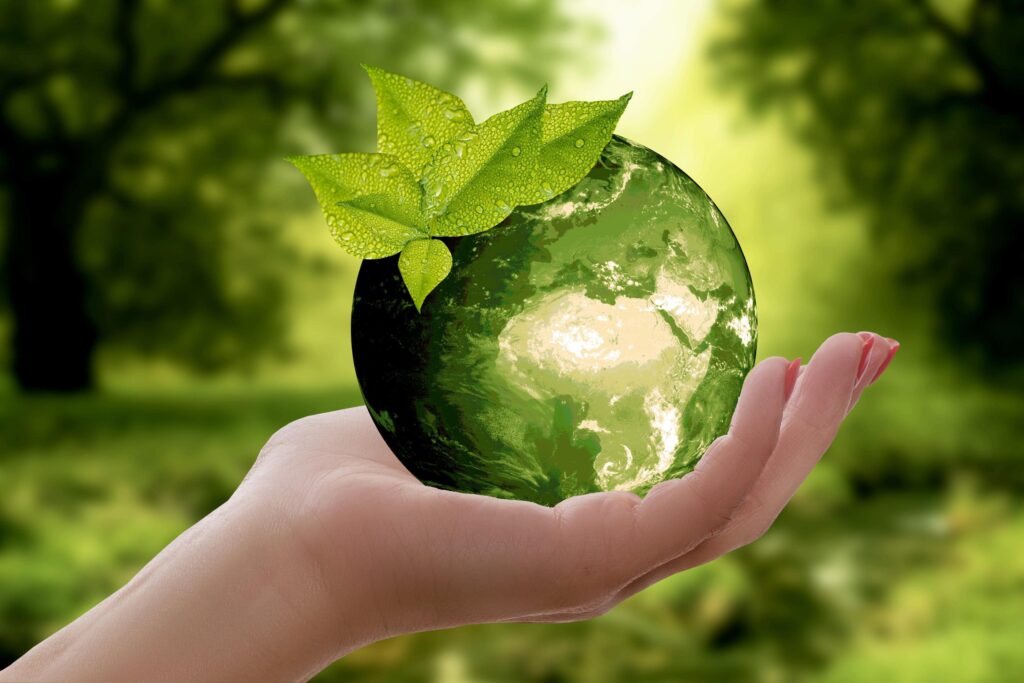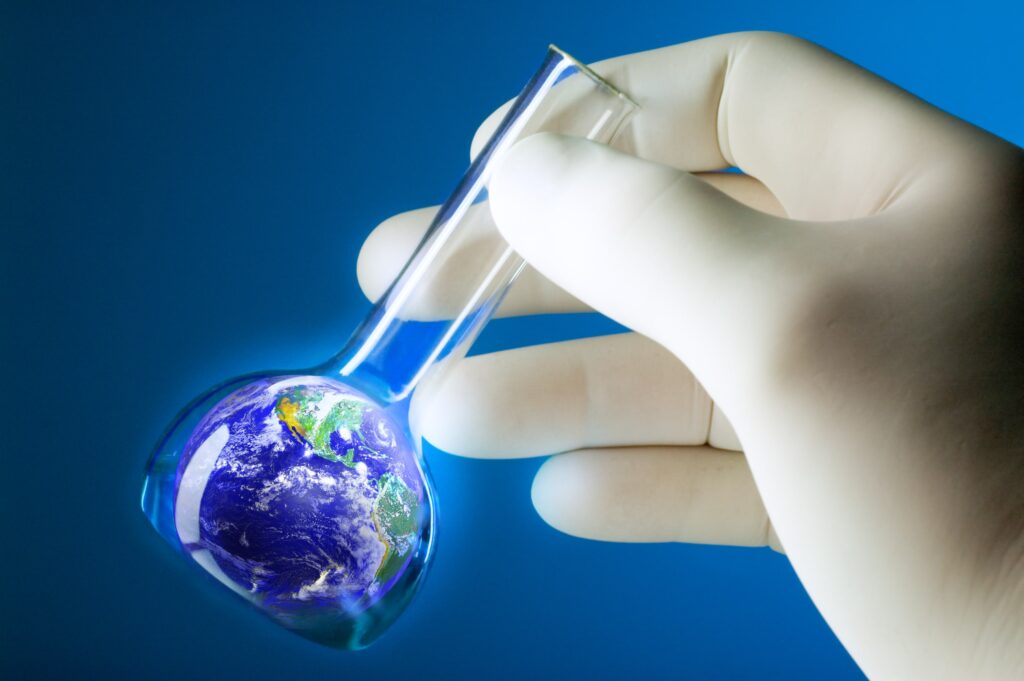Introduction to Environmental Biotechnology
It’s time for us to take action and address the troubles our world is facing. Giving attention to bioengineering could be a potential solution. But how? Here’s where environmental Biotechnology comes into the picture.
-
Understanding Biotechnology
Biotechnology is a broad field that blends biology with technology, aiming to improve the quality of human life and the world around us. It involves the manipulation of organisms to create or modify products, enhance plants, animals, or manufacture microorganisms for specific uses.
Scope of Biotechnology
From agriculture to medicine, the scope of biotechnology is vast. It holds the potential to revolutionize several industries by offering solutions that are sustainable and efficient.
-
The Intersection of Biotechnology and the Environment
You might wonder, “How does biotechnology intersect with environmental sustainability?” This intersection is precisely where the magic of environmental biotech happens!
Environmental Biotech: What it is and its Importance
-
Defining Environmental Biotechnology
Environmental biotech is an exciting and innovative field that utilizes biotech methods to safeguard and revitalize our planet. By tapping into the natural abilities of living organisms, we can address pressing environmental concerns, including pollution and waste management.
-
Importance of Environmental Biotech
Imagine a world where we can clean up oil spills with bacteria or turn waste into energy. This isn’t a pipe dream—it’s the reality environmental Biotech strives to create. In short, it’s vital for the sustainability of our planet.
Technologies and Applications of Environmental Biotech
-
Techniques Used in Environmental Biotech
Environmental Biotech leverages several cutting-edge techniques, such as genetic engineering, microbial inoculation, and phytoremediation, which uses plants to remove contaminants from the environment.
-
Critical Applications of Environmental Biotech
The applications are vast and impactful, from wastewater treatment to climate change mitigation. For instance, environmental Biotechnology methods break down harmful chemicals or toxins and convert waste materials into renewable energy.
-
Case Studies of Environmental Biotech Applications
An excellent example of using bioremediation methods for cleaning up oil is the Deepwater Horizon oil spill. Or, look at the rising business of biofuels, which are made from biological garbage and reduce the need for fossil fuels.
Challenges and Opportunities in Environmental Biotech
-
Existing Challenges
Like any field, environmental Biotech faces challenges ranging from technical obstacles to societal acceptance and regulatory hurdles.
-
Opportunities for the Future
Despite these challenges, the opportunities are vast. With growing awareness about sustainability, environmental Biotech can potentially drive significant change in how we tackle environmental issues.
The Role of Policies and Regulations
Effective policies and regulations can support the advancement and acceptance of environmental Biotech. They can create an environment conducive to research and development, ensuring safe and ethical practices.
Conclusion: The Future of Environmental Biotech
The future of environmental Biotechnology is promising. As we face escalating ecological crises, embracing technologies that can provide sustainable solutions is more crucial than ever. And environmental Biotech offers just that—a green approach to a sustainable future.
FAQs for Environmental Biotech
What are some applications of environmental biotechnology?
Applications range from wastewater treatment, climate change mitigation, to the breakdown of harmful toxins in the environment.
What are the challenges in environmental biotechnology?
Challenges include technical issues, societal acceptance, and regulatory hurdles.

